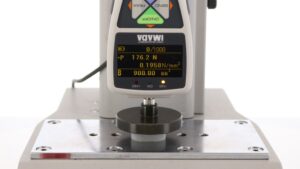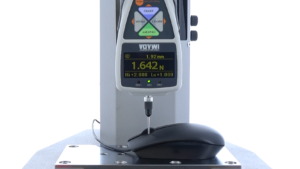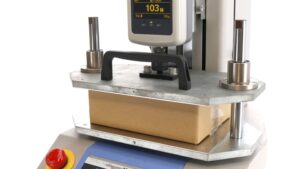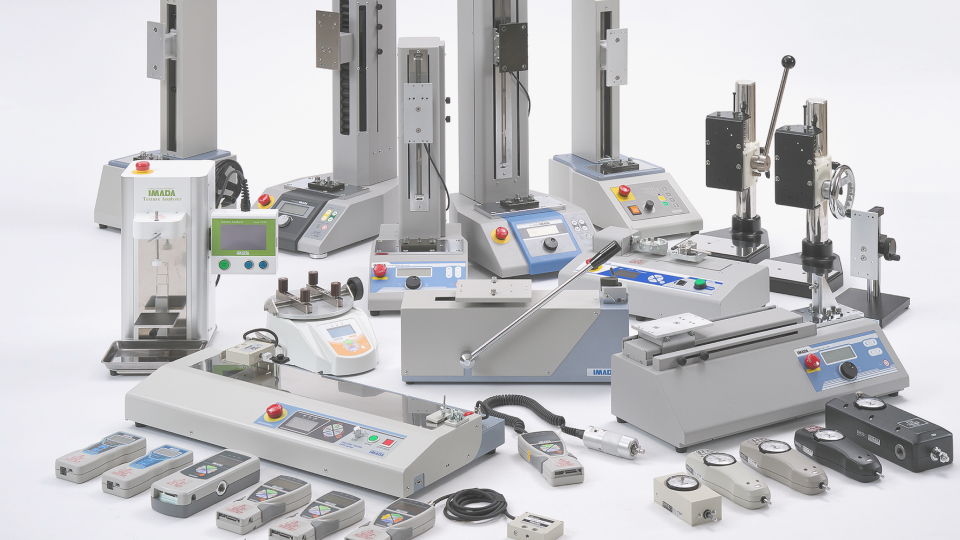What are your images on the Bottle Container Operativity?
Is it easy to use? Easy to hold / open the cap or lid, etc., or ease of spraying lever operation, squeezing eye drop out from the container. For evaluating most of the operations mentioned, the force measurements are applied. In this article, we explain the operativity of the Eye Drop Container Bottle: The Ophthalmic Drop Bottle.
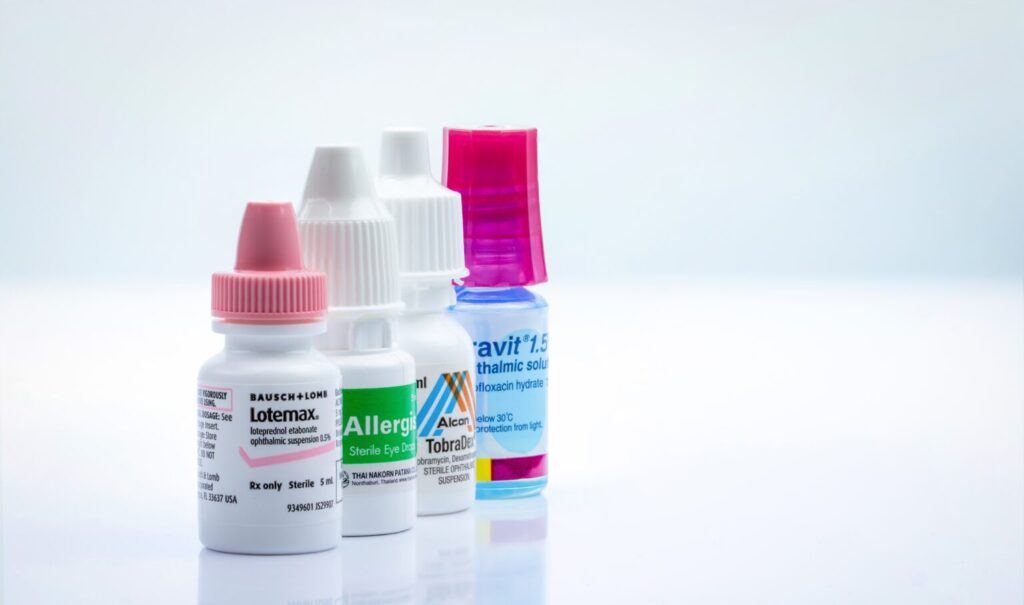
So, talking about the operativity, “How much force is required to press the container bottle to get the suitable amount of eye-drop to drop?” is an essential factor affecting usability. For example, even if you have an issue with your pinching finger or thumb, the eye drop container bottle must be easy to hold and squeeze. On the other hand, if the force required for a single drop is exceptionally tiny, it is difficult to control how much force to apply with the finger and thumb.
The pushing force required is called squeeze force. In this case, dispensing one eye drop with squeeze force. The concerns are based on each manufacturer’s standard on the operativity of eye drop containers. The squeeze force of an eye drop container is measured using the force-measuring instrument. For example, the image below shows a device for measuring squeeze force. Measured by pushing the container with a force gauge until the single eye drop drops. (The device below also measures the volume of the dropped eye-drop and the squeeze force.)
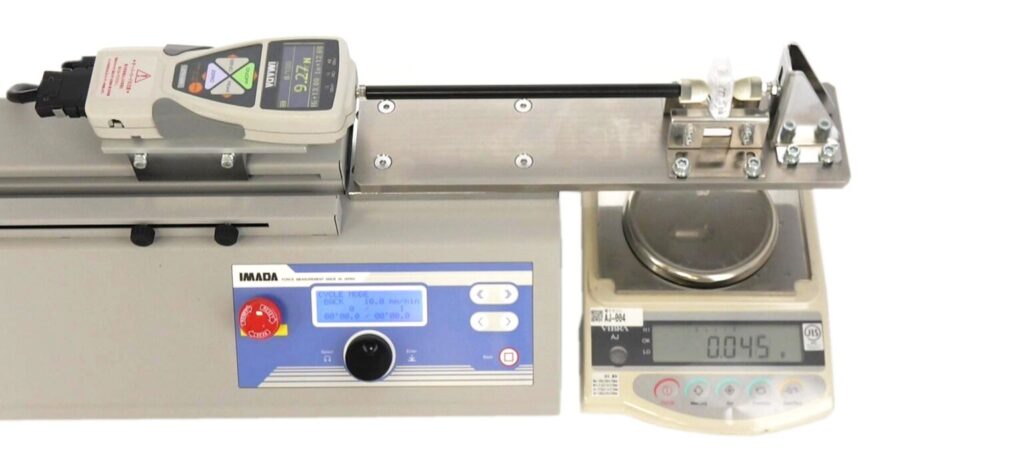
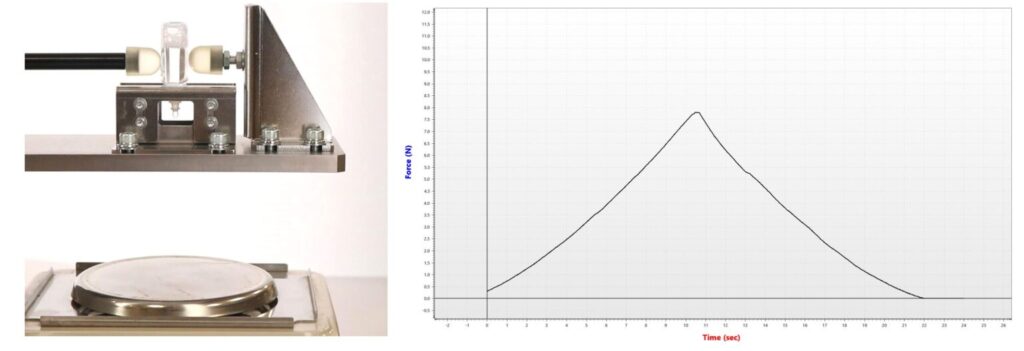
Squeeze force measurement devices are particularly useful in quality control, as they can apply forces to a steady position of the container with a controlled speed. By repeating the motion and pushing the eye drop container bottle at a steady position, the change of the squeeze force depending on the number of drops dropped can be also measured.
On the other hand, if you use a force gauge that measures the pushing force by wrapping a sensor around your finger, you can observe the force changes when injecting the eye drops. By combining other helpful research data, analyzing the squeeze force and operativity in movements closer to actual use is possible.
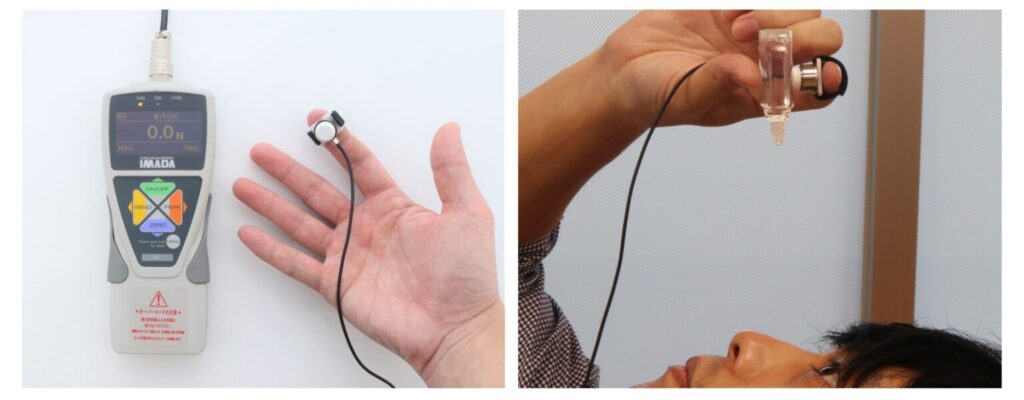
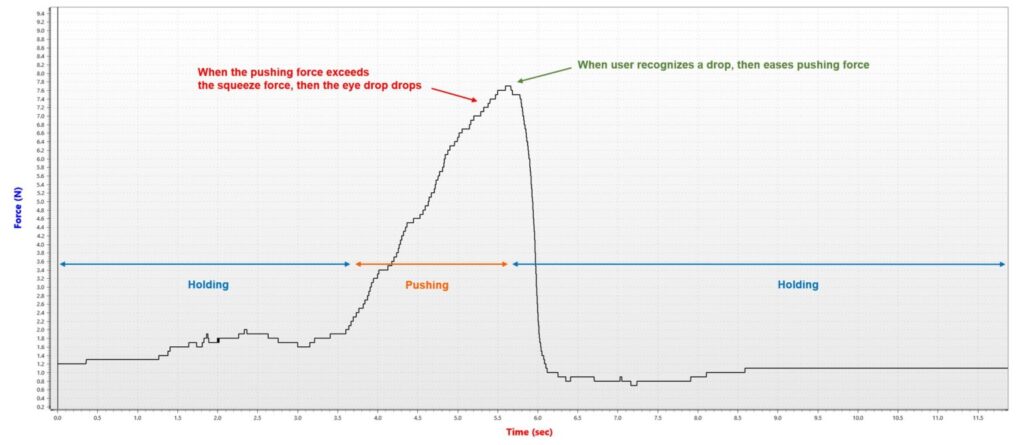
For the operativity evaluation, many issues are challenging to assess due to the differences in human senses, such as hand feels and tactile / haptic senses, which need careful evaluation and assessments.
It is essential to set appropriate values to control and perform suitable quality control standards accordingly.
We have introduced the operativity test for eye drop bottles as an example. The force measurement is beneficial not only for measuring strength but also for quantifying various forces. On IMADA’s website, we publish example videos of various force measurements, such as measuring the pressing feel of a spray lever.
Various topics related to force measurement and power are introduced on the Force Channel. Please also check other articles.
Measurement reference video: Pressing Force Measurement for the Sprayer Bottle
[Supplement] Finger Gripping and Pinch Force (Tests)
The squeeze force is sometimes confused with the pinch force.
The “Pinch Force” is the forces to pinch an object using finger and thumb. For example, with the eye-drop container, when the pinch force exceeds the squeeze force, then the eye-drop is pushed out from the bottle and drops. The graph above, “Measurement of the force to push a container bottle with a sensor wrapped around your finger,” shows the pinch force transition.
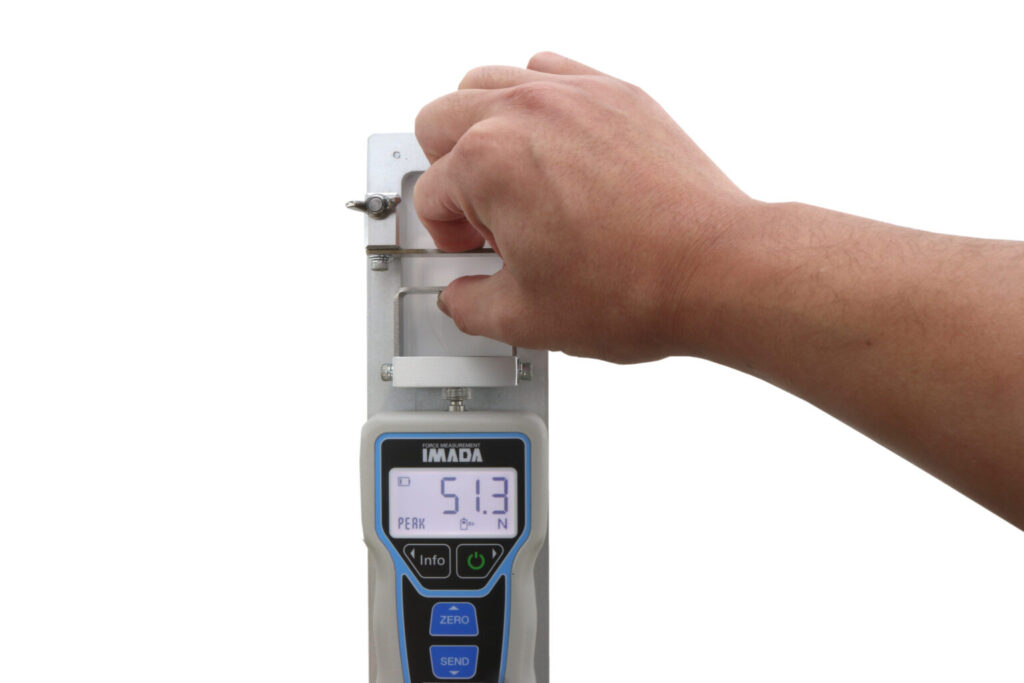
As in the image above, a pinch force measuring device helps maximum pinch force measurements with a fixed thickness. It is also used for training to maintain a certain pinch force with tweezers.
Measurement reference video: Forceps gripping/pinch force test (for training)

